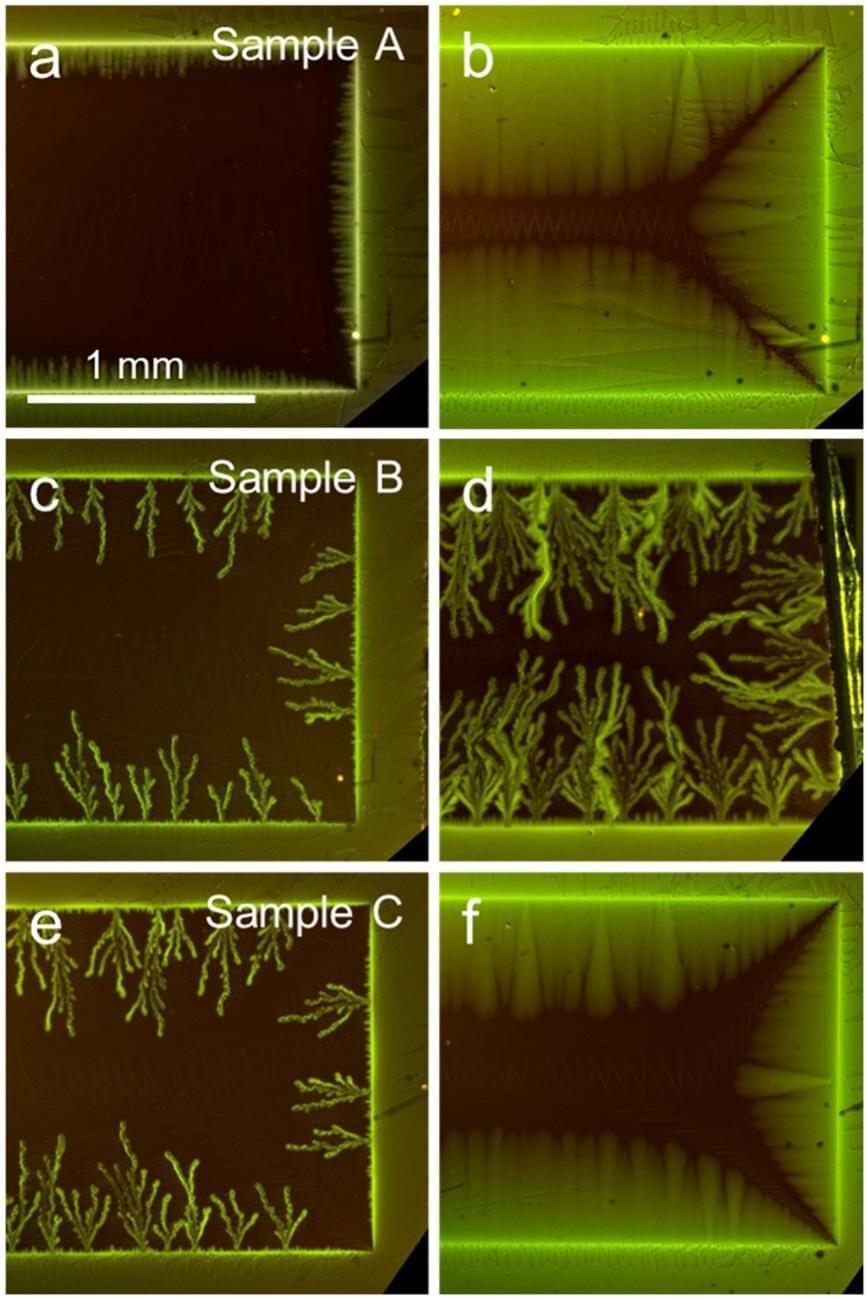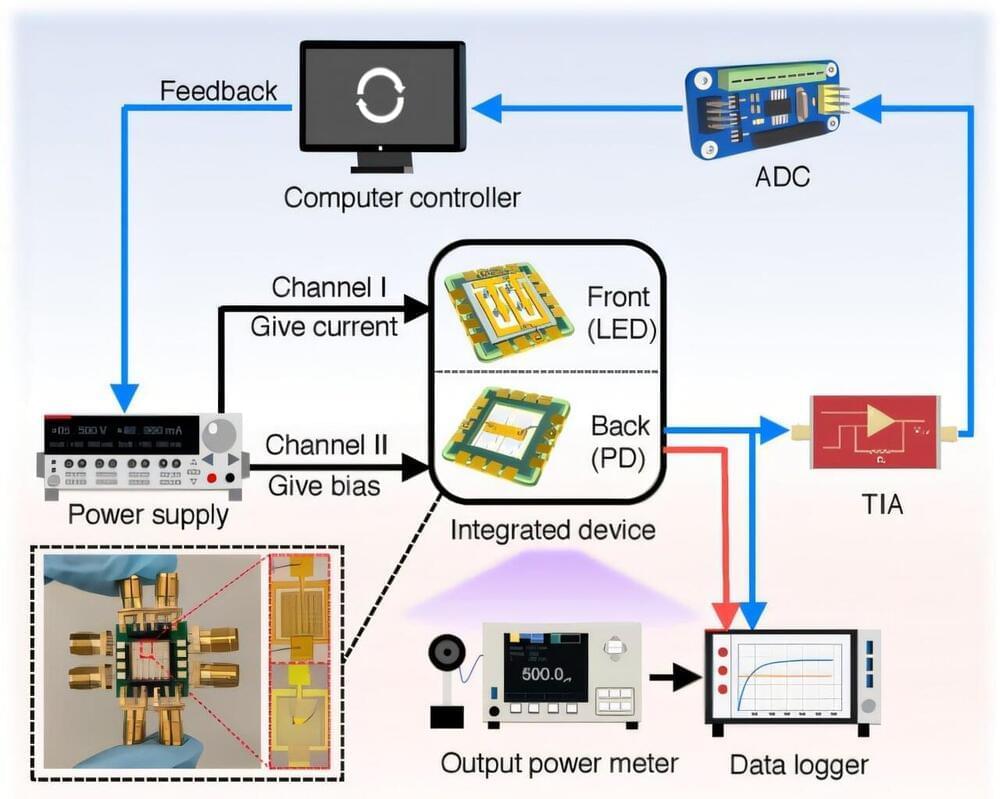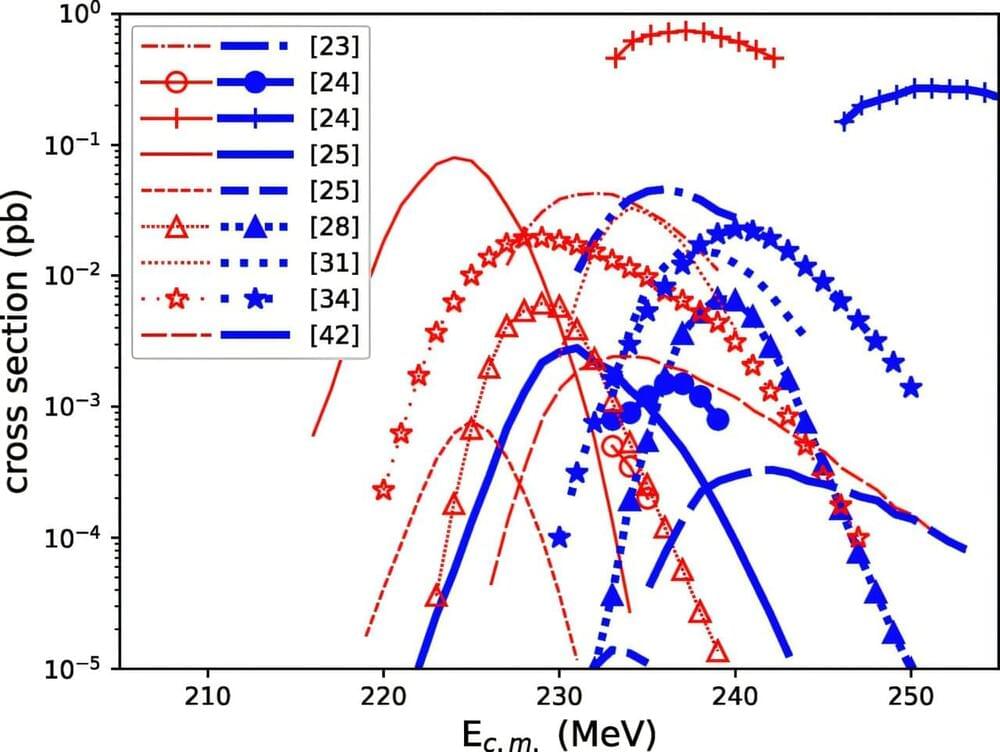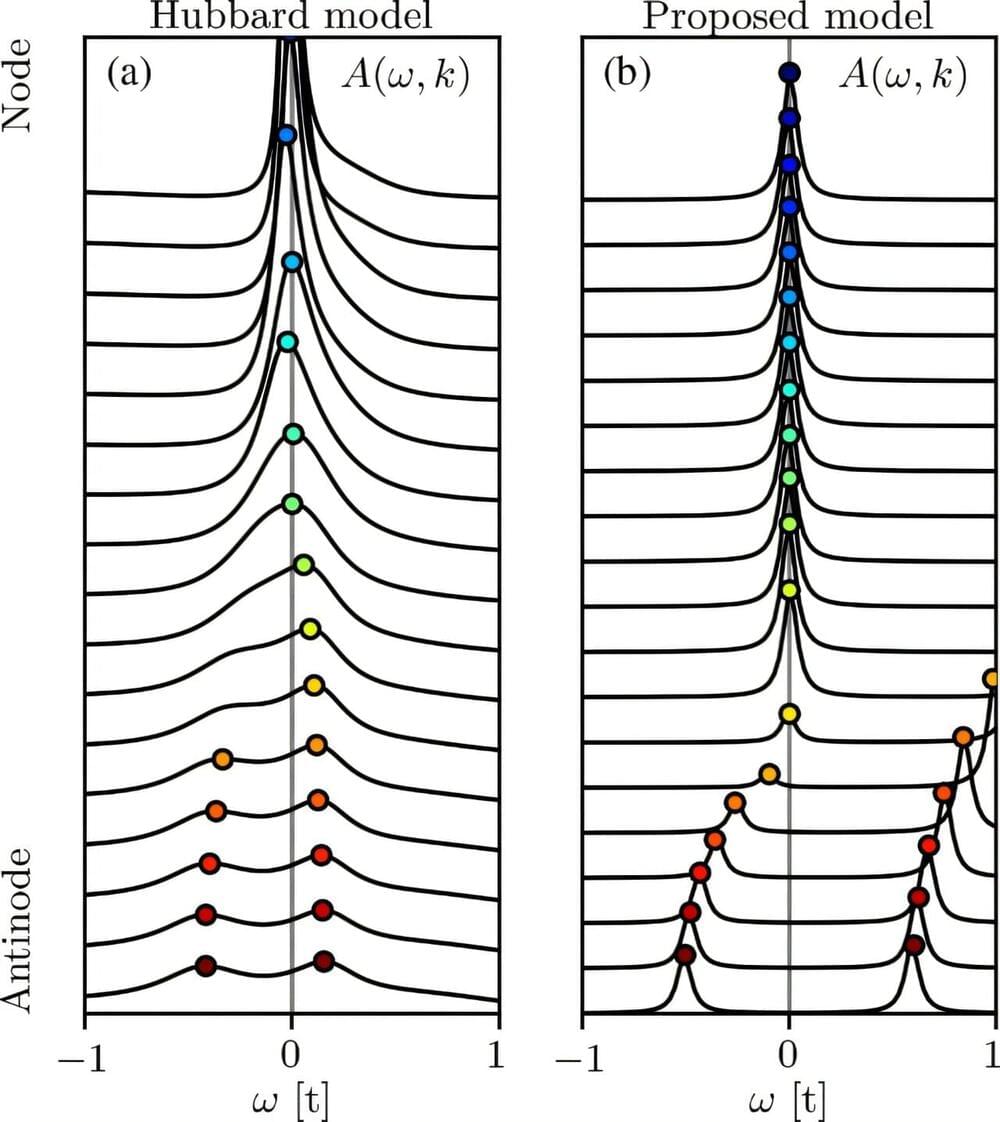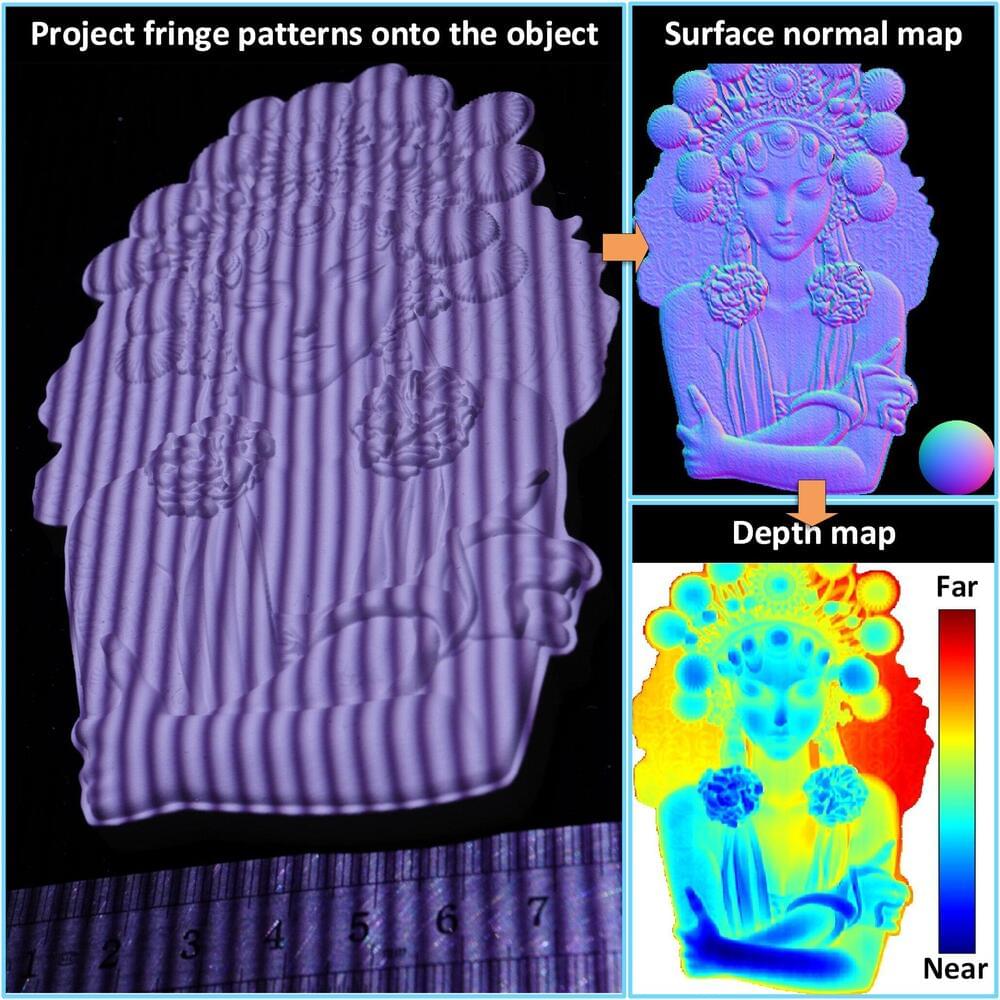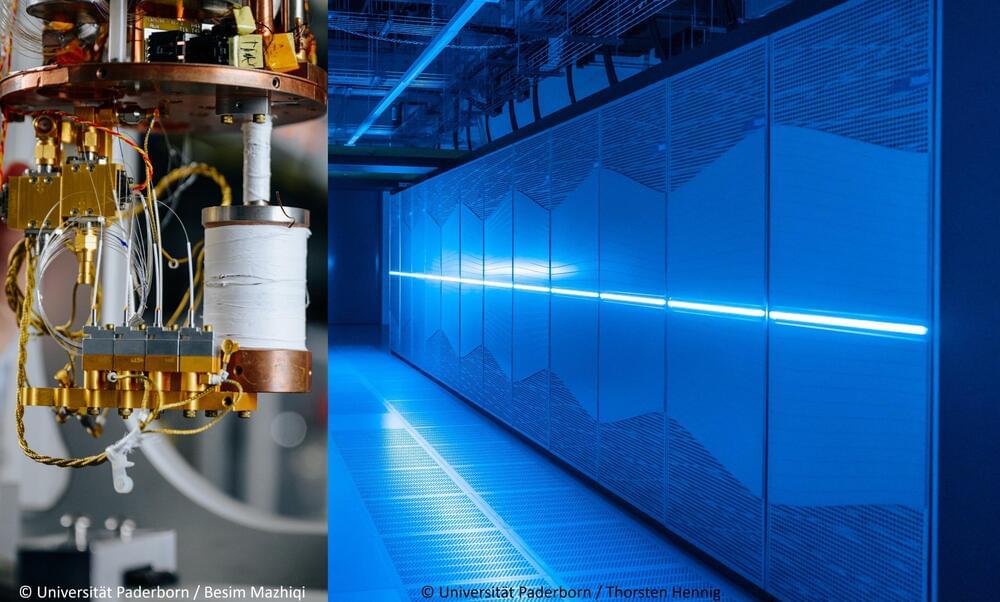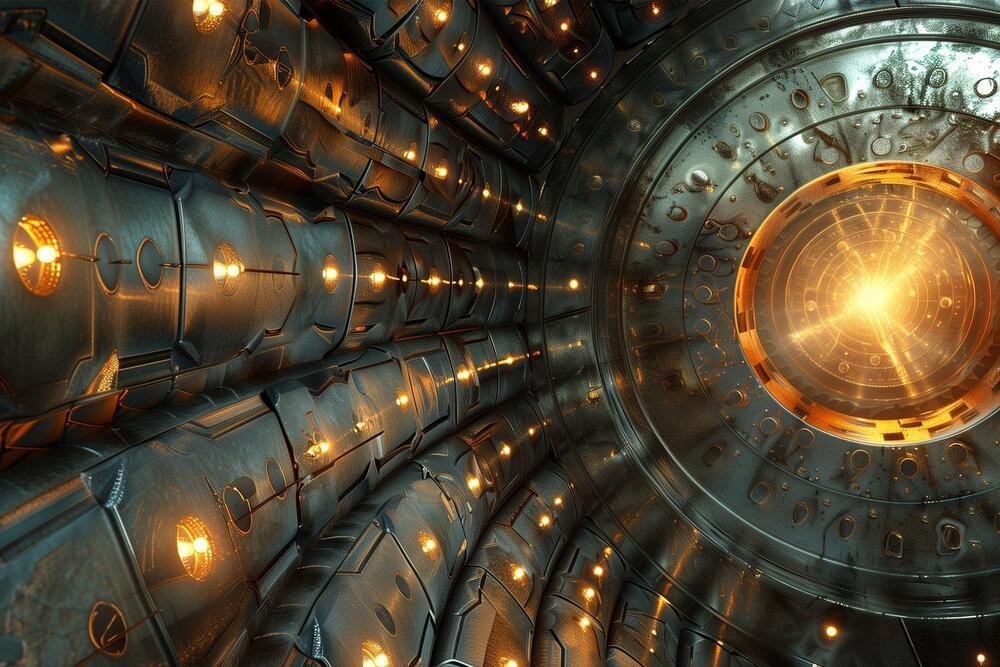Oct 26, 2024
New machine learning model quickly and accurately predicts dielectric function
Posted by Saúl Morales Rodriguéz in categories: materials, robotics/AI
Researchers Tomohito Amano and Shinji Tsuneyuki of the University of Tokyo with Tamio Yamazaki of CURIE (JSR-UTokyo Collaboration Hub) have developed a new machine learning model to predict the dielectric function of materials, rather than calculating from first-principles.

